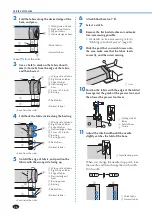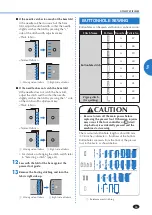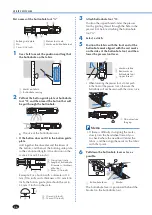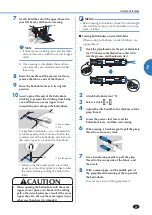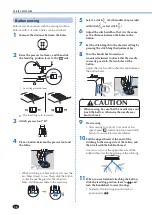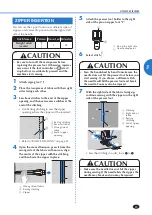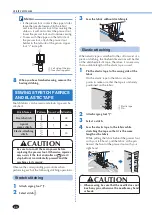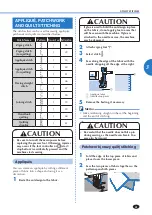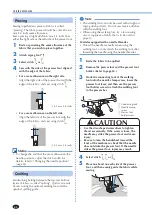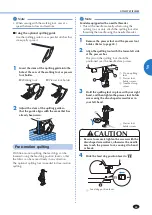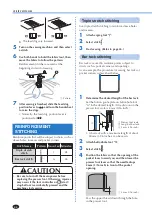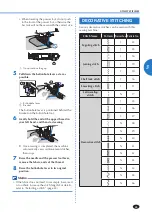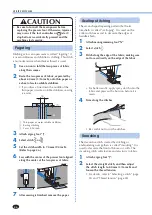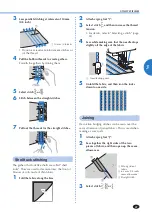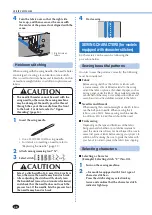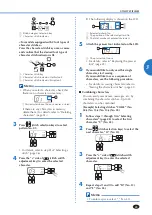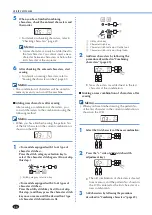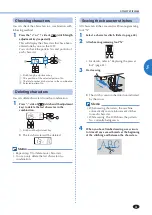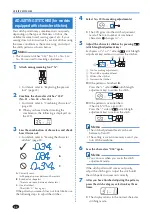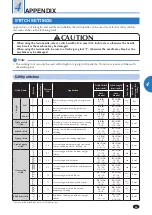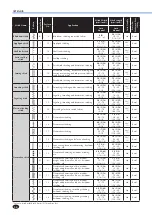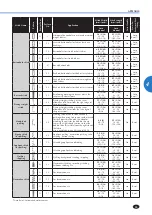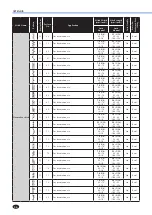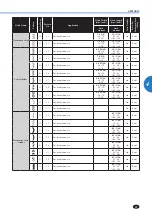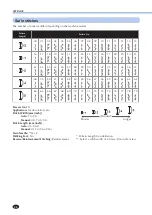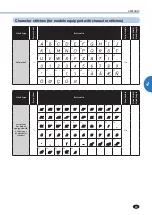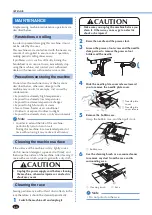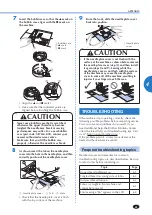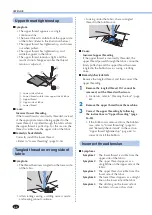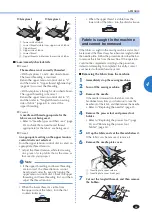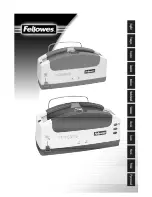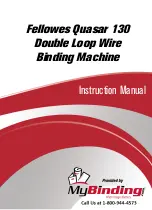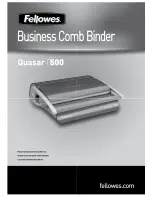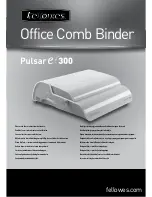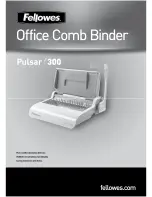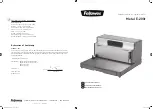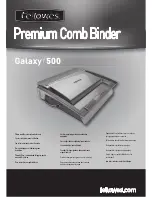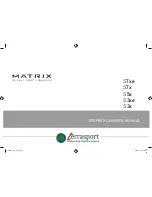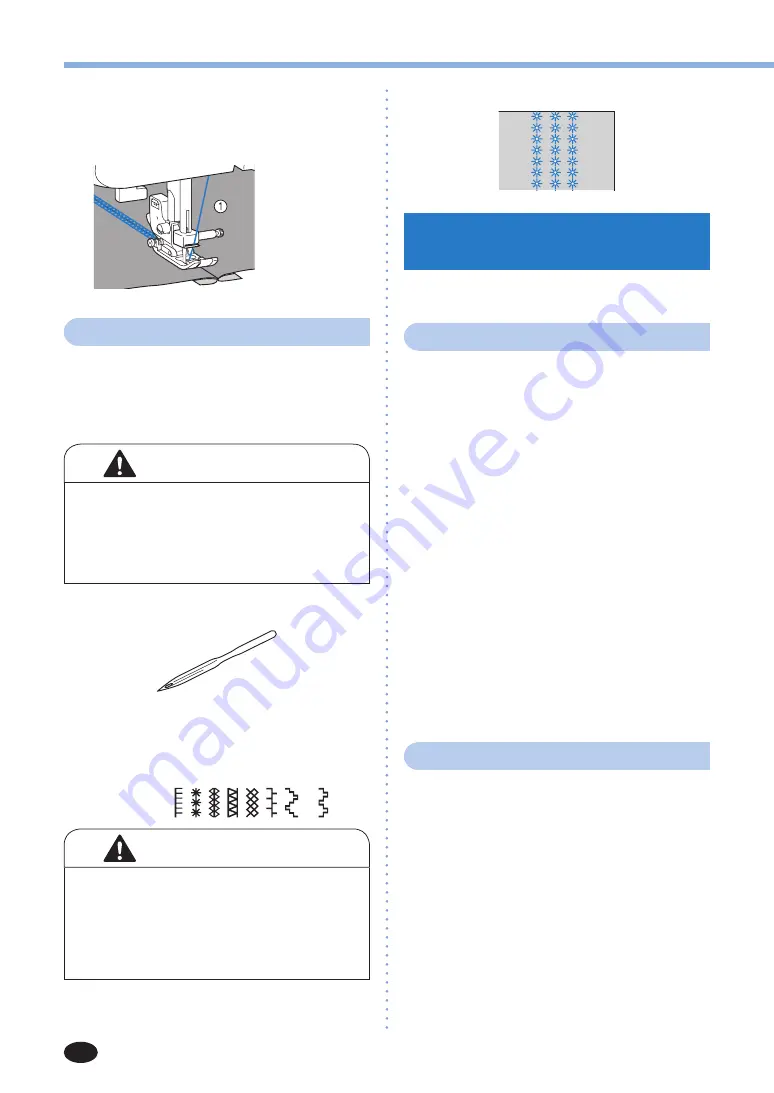
UTILITY STITCHES
48
4
Turn the fabric over so that the right side
faces up, and then sew over the seam with
the center of the presser foot aligned with the
seam.
1
Right side of
fabric
Heirloom stitching
When sewing with the wing needle, the needle holes
are enlarged, creating a lace-like decorative stitch.
This is used to decorate hems and tablecloths on thin
or medium weight fabrics in addition to plain weave
fabrics.
CAUTION
• The needle threader cannot be used with the
wing needle, otherwise the sewing machine
may be damaged. Manually pass the thread
through the eye of the needle from the front
to the back. For details, refer to “Upper
threading” (page 16).
1
Insert the wing needle.
• Use a 130/705H 100/16 wing needle.
• For details on inserting a needle, refer to
“Replacing the needle” (page 21).
2
Attach monogramming foot “N”.
3
Select stitch , , , , , , or .
CAUTION
• Select a stitch width of 6.0 mm (15/64 inch) or
less, otherwise the needle may bend or break.
• After adjusting the stitch width, slowly turn
the handwheel toward you (counterclockwise)
and check that the needle does not touch the
presser foot. If the needle hits the presser foot,
the needle may bend or break.
4
Start sewing.
SEWING CHARACTERS (for models
equipped with character stitches)
55 characters can be sewn by following the
procedure below.
Sewing beautiful patterns
In order to sew the patterns correctly, the following
must be considered.
■
Fabric
Before sewing stretch or thin fabrics or fabrics with
a coarse weave, affix stabilizer material to the wrong
side of the fabric or place a thin sheet of paper, such as
tracing paper, under the fabric. Since material puckering
or bunched stitches may occur when satin stitches are
sewn, be sure to affix stabilizer material to the fabric.
■
Needles and threads
When sewing thin, mediumweight or stretch fabrics,
use the ball point needle. When sewing thick
fabrics, use a 90/14 home sewing machine needle.
In addition, #50 to #60 thread should be used.
■
Trial sewing
Depending on the type and thickness of the fabric
being sewn and whether or not stabilizer material is
used, the desired result may not be achieved. Be sure to
sew a trial piece of fabric before sewing your project. In
addition, while sewing, be sure to guide the fabric with
your hands in order to prevent the fabric from slipping.
Selecting characters
■
Selecting a character
[Example] Selecting stitch “C” (No. 03).
1
Turn on the sewing machine.
2
<For models equipped with 1 font type of
character stitches>
Press the stitch category selection key
twice and confirm that the character stitch
indicator lights up.

